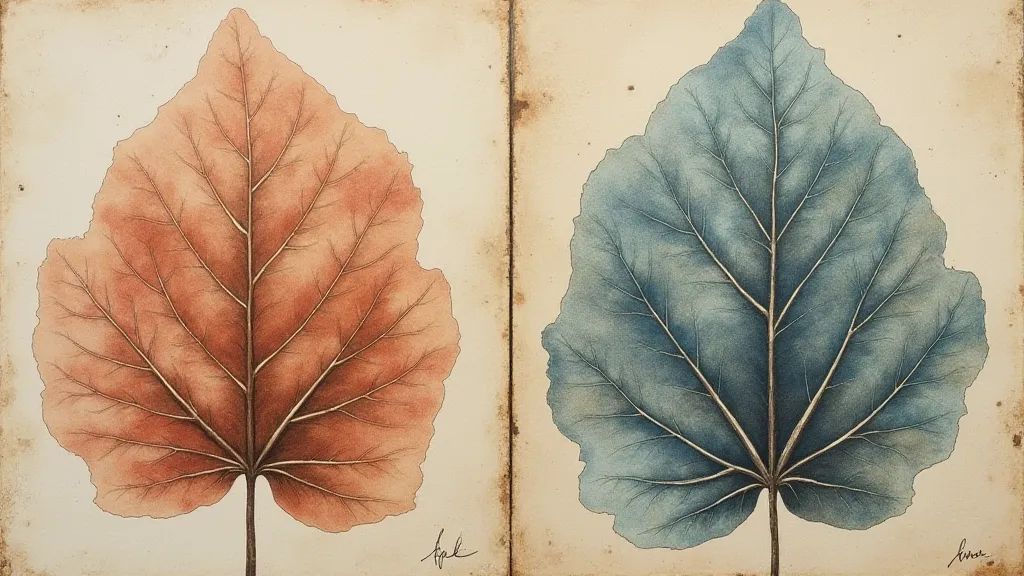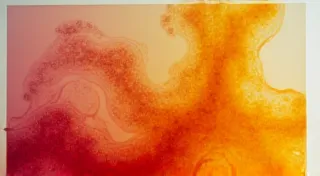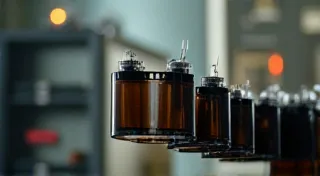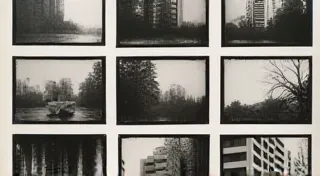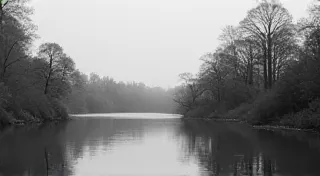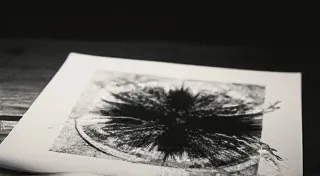Choosing the Right Darkroom Paper: A Comprehensive Guide
Selecting the right darkroom paper is a crucial first step in the black and white printing process. It significantly impacts the final look and feel of your prints, influencing archival qualities, tonal range, and surface texture. This guide will explore the two main types of darkroom paper – resin-coated (RC) and fiber-based (FB) – outlining their differences and helping you choose the best option for your needs.
Resin-Coated (RC) Paper: Speed and Convenience
RC paper is the most common choice for many photographers, particularly beginners, due to its speed and ease of use. The name "resin-coated" refers to a thin layer of plastic coating applied to both sides of the paper. This coating has several implications:
- Faster Processing: RC papers require significantly shorter development times compared to fiber-based papers. This is beneficial in a darkroom environment where time is precious.
- Faster Drying: Prints dry much quicker – often within minutes – due to the moisture evaporating from the plastic surface.
- Less Archival: This is the biggest drawback. The plastic coating prevents the paper fibers from bonding with the image, resulting in a lower archival rating. Prints are susceptible to discoloration and degradation over time. While improvements have been made in recent years, they generally aren't considered suitable for heirloom quality prints meant to last for centuries.
- Smooth Surface: RC papers typically have a very smooth surface, which is excellent for sharp, detailed prints.
- Wide Variety of Surfaces: Available in glossy, semi-gloss, and matte surfaces.
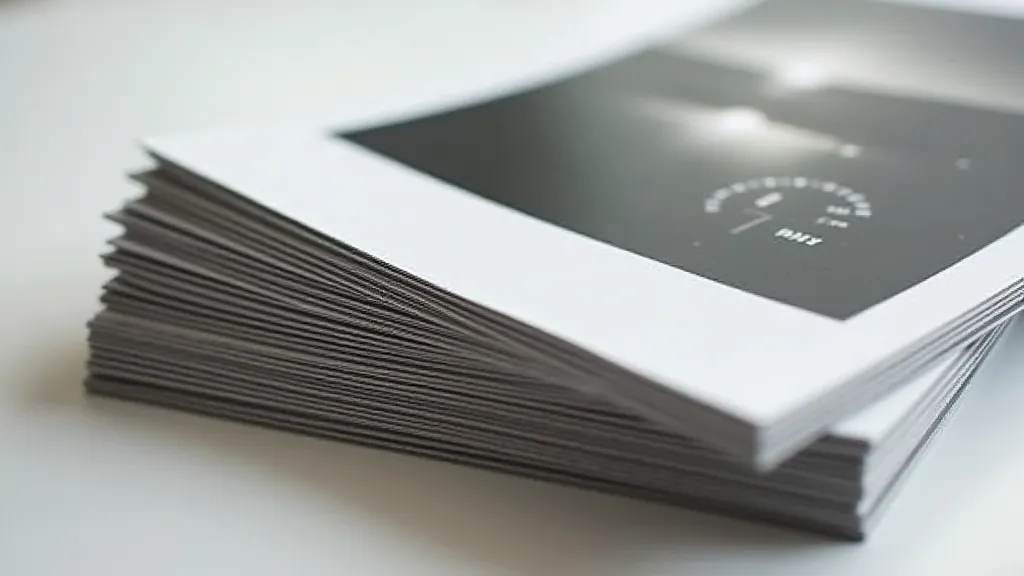
Fiber-Based (FB) Paper: Archival Quality and Texture
FB paper represents a more traditional approach to darkroom printing. Instead of a plastic coating, the image is embedded within the paper fibers themselves. This key difference results in a distinct set of characteristics:
- Slower Processing: Requires longer development and fixing times than RC paper.
- Slower Drying: Prints take considerably longer to dry – often several days – as the paper needs to be fully saturated and then allowed to release moisture. "Pressing" the print under weight is crucial for flat drying.
- Superior Archival Qualities: The image is an integral part of the paper, leading to exceptional archival stability. Properly processed and stored FB prints can last for generations.
- Variety of Textures: FB papers are available in a broader range of textures, from smooth to heavily textured, allowing for a more artistic and tactile print.
- Toning Potential: FB papers react exceptionally well to toning processes, offering greater control over the final print’s color and appearance.
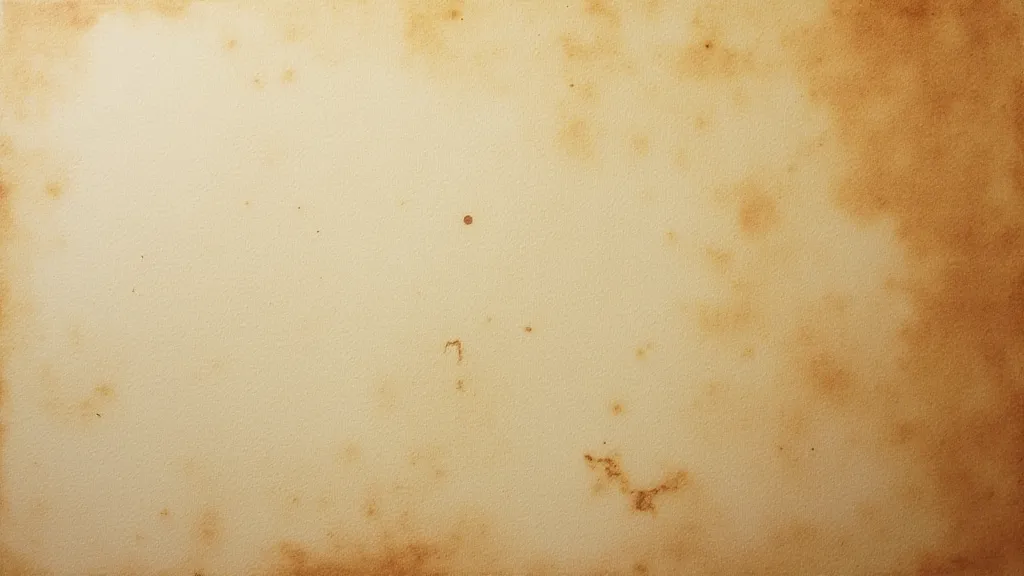
Comparing RC and FB: A Quick Summary
| Feature | Resin-Coated (RC) | Fiber-Based (FB) | |---|---|---| | Processing Time | Fast | Slow | | Drying Time | Fast | Slow | | Archival Qualities | Lower | Higher | | Surface Texture | Generally Smooth | Wide Range | | Cost | Generally Less Expensive | Generally More Expensive |Choosing the Right Paper for You
Ultimately, the best choice depends on your priorities and resources. If you’re new to darkroom printing, RC paper is a great place to start. It's forgiving and allows you to quickly experiment with different negatives and techniques. As you gain experience and prioritize print longevity, consider transitioning to fiber-based paper. The extra effort is rewarded with prints that will last for generations.
Don't be afraid to experiment with different paper grades and surface textures within each category to find what best suits your artistic vision.
